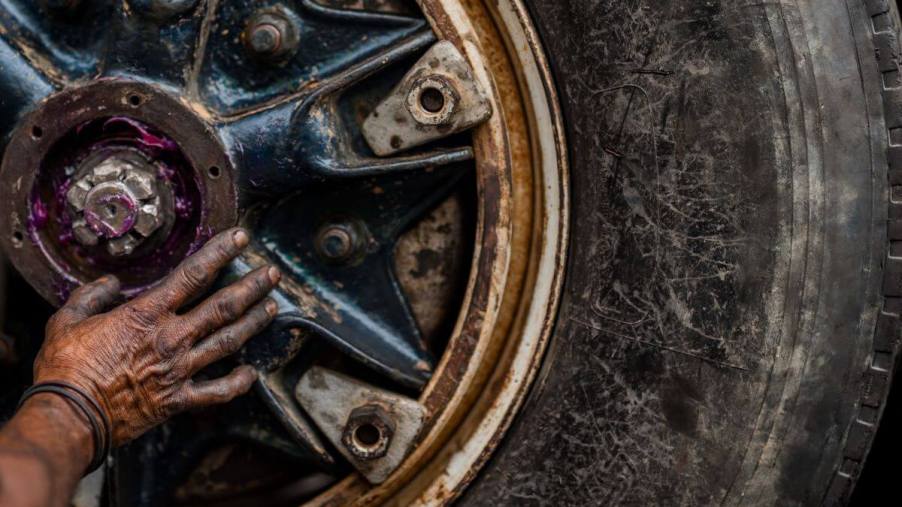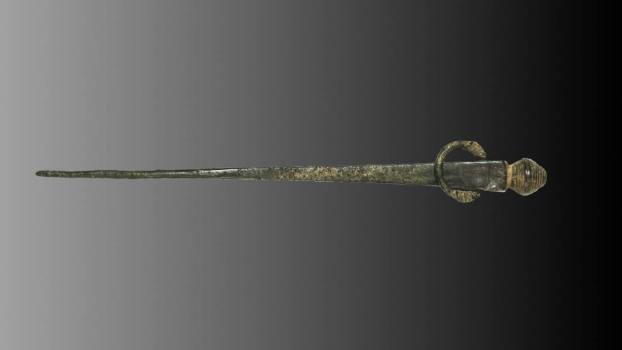
What Is a Split Pin?
Cars are complex machines composed of many small and moving parts. As you know, every maintenance part plays a crucial role in the overall functionality of your vehicle. For example, one part commonly used in cars is the split pin, also known as a cotter pin.
Cotter pins are small metal fasteners typically made of brass or steel, with options for plating in zinc or steel for added durability and corrosion resistance. Here’s a look at their uses, locations in your car, replacement costs, and more!
What is the purpose of a split pin?
The primary purpose of split pins is to secure and retain other components in place, preventing them from unintentionally dislodging or coming apart. They are designed to withstand vibrations, jolts, and other forces while driving. Cotter pins are commonly used where reliability and safety are a top priority.
Types of split pins
There are different types of split pins, each serving specific purposes:
Extended prong: This type of cotter pin has two prongs inserted through a hole in the component to be secured. The prongs are bent inward to hold the pin in place. Prongs are used when a retaining split pin might be challenging to install or access.
R-Clip: These split pins are made of metal and feature an R-shaped design rather than a U-shaped design. They have two prongs, like the extended prong, but only one is straight.
Hammerlock: Hammerlock split pins have a unique design that allows for easy installation without the need for bending or crimping. They feature a looped end that can be hammered or pressed into place. According to One Monroe, ” Extended prong, R-clip and hammer lock are some of the most common cotter pins. They all consist of a single piece of bent metal with two prongs.”
How to install and remove split pins
When it comes to installing a split pin, the process generally involves the following steps:
- Choose the appropriate size and type of split pin for the application.
- Insert the pin through the designated hole in the component, ensuring it passes completely through.
- Bend or crimp the tines or prongs to prevent it from sliding back out.
- Ensure that the split pin is secure and tightly fastened.
During maintenance, removing a cotter pin usually requires reversing the installation process:
- Carefully straighten the bent tines or prongs of the pin using pliers or a similar tool.
- Gently pull the pin out of the hole, not damaging the surrounding parts.
- Dispose of the split pin properly or inspect it for signs of wear or damage before reusing it.
It’s important to note that cotter pins, like any other fasteners, should be used and installed according to your manufacturer’s instructions and specifications.
The importance of this auto part in cars
As we learn more about cars and their working parts, it’s clear that even the smallest accessories, like split pins, play a significant role in safety and performance. Each type is designed to provide reliable retention and prevent parts from becoming loose.




